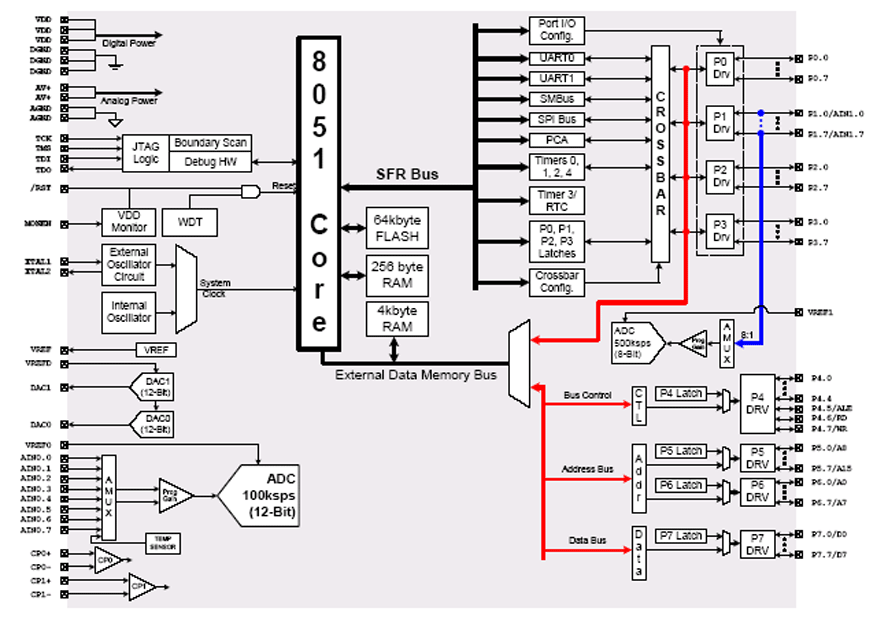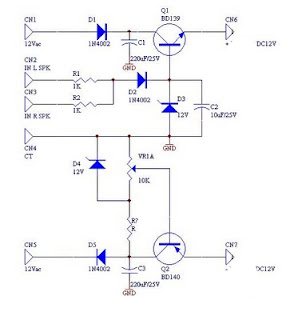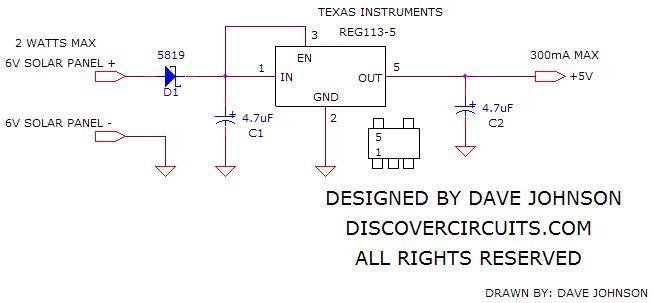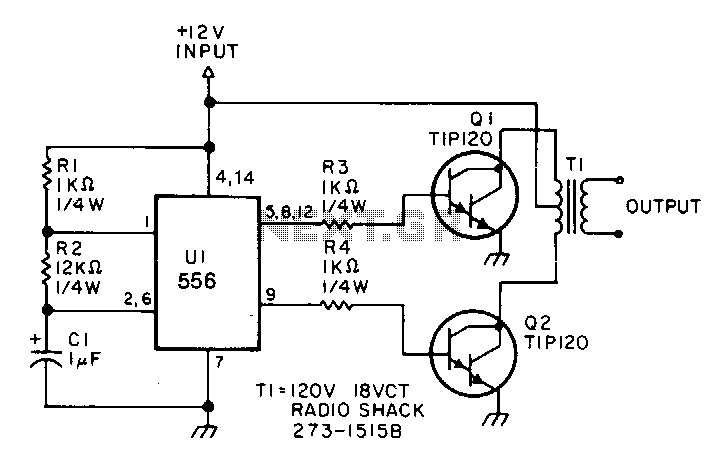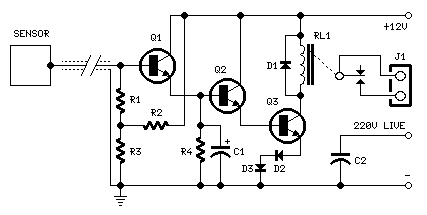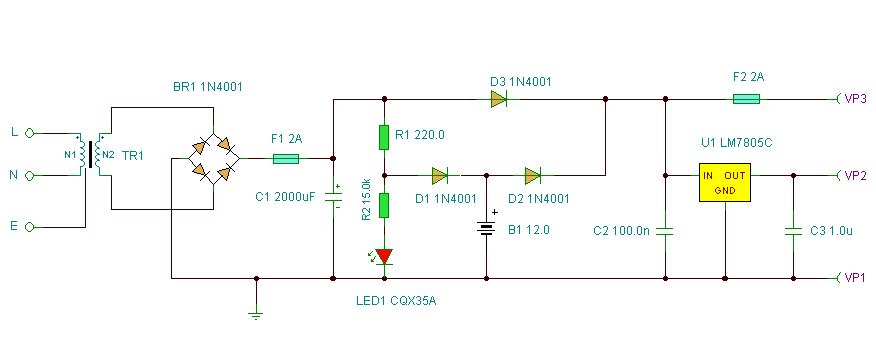
The simple solar energy of adaptation supplies power the control device of the street lamp designs and realizes
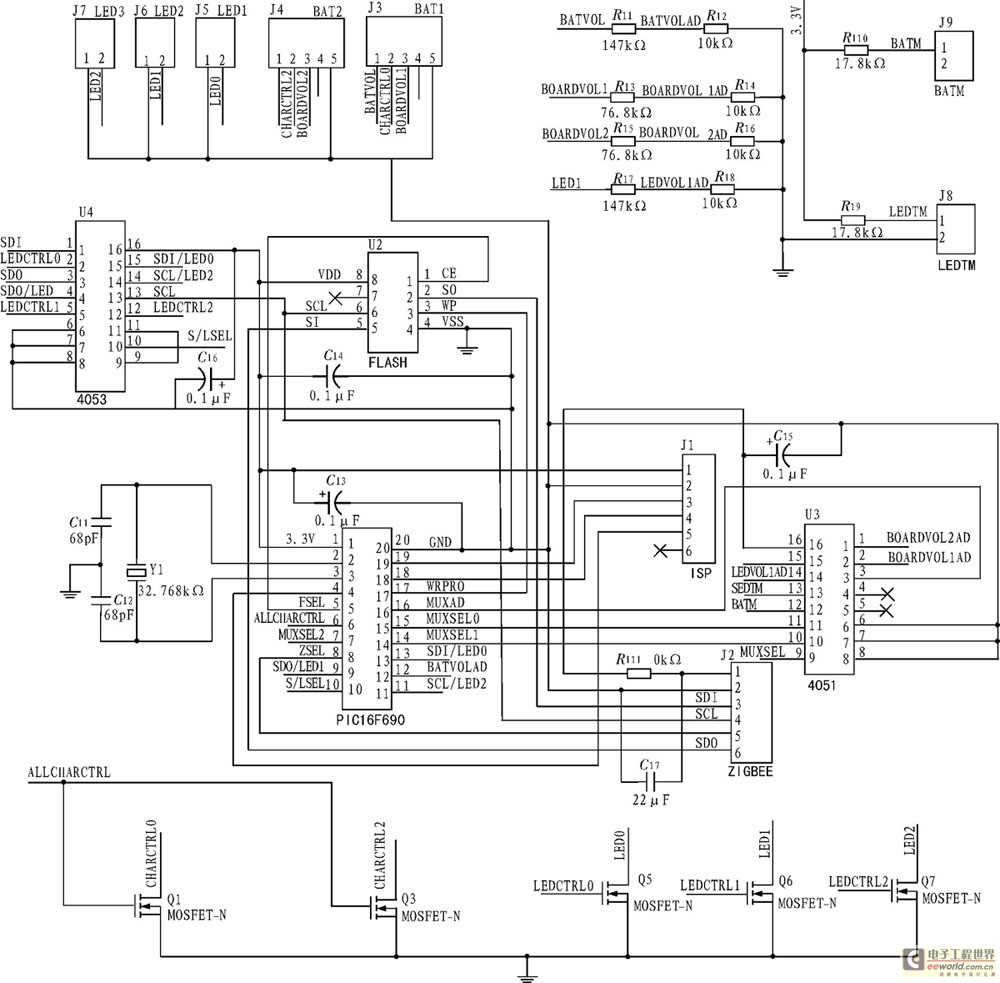
The development of a solar energy street lamp control device has progressed through three stages. The first generation featured a simple and crude function, allowing the light to be turned on or off, but required connection to a light-sensitive device. It lacked a timer and protective circuit for the battery, resulting in a short system lifespan, leading to its early market elimination. The second generation improved upon the first by integrating a battery and protective circuit, enabling the collection of photosensitive data through the solar energy intersection with the street lamp and storage battery assembly. This generation also allowed for timing adjustments via a switch or procedure and gradually gained market acceptance. The third generation of the street lamp control device has seen widespread adoption of Pulse Width Modulation (PWM) for charge control, which enables trickle charging of the storage battery, effectively extending its lifespan and reducing operational costs, thereby increasing market share. A well-designed control device can address numerous issues associated with pure solar energy street lamps. The fourth generation control device is necessary to optimize solar energy use and power supply, featuring power regulation capabilities to meet varying light conditions. It is essential to incorporate electric quantity detection and soakage calculations. Additionally, a network connection function is included to maintain consistent luminance across all street lamps and facilitate communication. Recent advancements in control theories, such as adaptive control, learning control, fuzzy logic control, and neural network control, have been applied to solar cell systems. The adaptive control of solar energy supplies is a significant technological advancement for street lamp control devices. The design primarily targets pedestrian and non-motor vehicle areas, with complementary power supply systems suitable for regions like southern wind energy zones. Due to the inherent unreliability of solar energy and the stringent requirements for arterial road lighting, the design of solar-powered street lamp control devices is more complex than those powered by city electricity. Simplifying the control system for seamless switching between solar and city power is preferable. The project is focused on Beijing, aiming for a reliable and cost-effective solar energy street lamp control device. Key features include energy storage management using lead-acid batteries, ensuring output voltage control near a fixed magnitude, and maximizing energy conversion efficiency throughout the solar battery's operational cycle. PWM technology is utilized to regulate current to LEDs, ensuring reliable performance, while the MPPT specialized chip SPV1020 is employed for optimal energy management.
The solar energy street lamp control device is designed to enhance the efficiency and reliability of solar-powered street lighting systems. The first generation served as a basic framework, which was quickly identified as inadequate due to its lack of advanced features such as battery protection and timer functions. The transition to the second generation marked significant improvements, particularly with the integration of a battery protection circuit and enhanced data collection capabilities. This generation laid the groundwork for the adoption of PWM technology in the third generation, which effectively manages battery charging and prolongs battery life.
The fourth generation aims to address the dynamic nature of solar energy availability and ensure consistent lighting conditions across all street lamps. This is achieved through advanced control algorithms that dynamically adjust the power output based on real-time environmental conditions. The inclusion of electric quantity detection allows for proactive management of the energy stored in the batteries, ensuring optimal performance and longevity. Furthermore, the ability to communicate across the network allows for synchronized lighting, which is crucial for urban planning and safety.
Incorporating modern control theories into the design process not only enhances the functionality of the street lamp control device but also positions it as a leading solution in the renewable energy sector. The use of adaptive control and other advanced techniques facilitates improved decision-making processes for energy management, ultimately contributing to a more sustainable urban infrastructure. The emphasis on reliability and cost-effectiveness aligns with the growing demand for environmentally friendly solutions in public lighting systems, making this development a significant step forward in the evolution of solar energy applications.Have already gone through 3 stages till a few days ago in the developing of street lamp control device of solar energy: First generation function simple and crude, turn on or off light, control, need, connect light sensitive in conformity with device, regular time can`t be set up, without protective circuit of the battery, the lifetime of system is very transient, eliminated by the market soon: Second generation on the the 1st generation of basis, set up the intersection of battery and protective circuit, collect photosensitive data through the intersection of solar energy and the intersection of street lamp and the intersection of storage battery and assembly, set up timing through the switch or procedure, there is development of the step type technically, accepted by the market gradually: Third generation street lamp control device lies in most trade companies have adopted PWM to charge control function, carry on trickle charge to the storage battery, has lengthened the battery life-span effectively, has reduced the use cost, thus further expand the market share. A good control device can remedy even solve a great deal of problems of the pure solar energy street lamp, improve it to breathe out depending on.
The street lamp needs to develop the fourth generation of control device to adapt to the solar energy and supply power in vain, its characteristic has such power regulation effects as meeting the light in vain, it is indispensable that detection of electric quantity and soakage are calculated: Have a function of network connection at the same time, so can keep the street lamp in the whole street unanimous in luminance, and can carry on the communication. Various modern control theories a few days ago, for instance white adaptive control, applying from advanced control theories such as learning control, fuzzy logic control, neural network control, etc.
and algorithm to the solar cell system in a large amount. Among them the solar energy of adaptive control supplies power the control device of the street lamp designs to deserve propelled technology. The design object of the street lamp of adapting to the simple solar energy and supplying power in vain: Directed primarily to the branch and offer pedestrian and non-motor vehicle current inhabited region road and People`s Bank of China road light, the with complementary power supply or scene street lamp system as to south wind energy originally designs and is suitable for too: Because the unreliability of the solar energy and canonial strictness of lighting design of the arterial road, it is more complicated than the design of the street lamp control device that city power supplies power for the simple solar energy to supply power, if system control needs solar energy and city power to switch over, it would be better if simplified on the basis of originally designing.
The goal place lies in Beijing city. Meet the aim of control device cipher scheme of the street lamp of supplying power of simple solar energy in vain: Through accuracy control, reach and lower costs, improve on the day of reliability. Have following odd characteristics and functions mainly Regard street lamp stored energy device of solar energy as the lead acid cell as example : Hold characteristic of panel according to the intersection of solar energy and street lamp, such as the intersection of solar energy and the intersection of street lamp and the intersection of storage battery and output voltage control of array near a certain invariable magnitude of voltage, then the solar battery is similar to the sun to mark in maximum power in the whole working course, the energy transduction of the assembly of the solar battery is the most effective.
Utilize PWM technology and through realizing the constant current to LED to the voltage regulation of load, thus has guaranteed using 141 reliably of LED. Adopt MPPT special purpose chip SPV1020 of the semi- 🔗 External reference
The solar energy street lamp control device is designed to enhance the efficiency and reliability of solar-powered street lighting systems. The first generation served as a basic framework, which was quickly identified as inadequate due to its lack of advanced features such as battery protection and timer functions. The transition to the second generation marked significant improvements, particularly with the integration of a battery protection circuit and enhanced data collection capabilities. This generation laid the groundwork for the adoption of PWM technology in the third generation, which effectively manages battery charging and prolongs battery life.
The fourth generation aims to address the dynamic nature of solar energy availability and ensure consistent lighting conditions across all street lamps. This is achieved through advanced control algorithms that dynamically adjust the power output based on real-time environmental conditions. The inclusion of electric quantity detection allows for proactive management of the energy stored in the batteries, ensuring optimal performance and longevity. Furthermore, the ability to communicate across the network allows for synchronized lighting, which is crucial for urban planning and safety.
Incorporating modern control theories into the design process not only enhances the functionality of the street lamp control device but also positions it as a leading solution in the renewable energy sector. The use of adaptive control and other advanced techniques facilitates improved decision-making processes for energy management, ultimately contributing to a more sustainable urban infrastructure. The emphasis on reliability and cost-effectiveness aligns with the growing demand for environmentally friendly solutions in public lighting systems, making this development a significant step forward in the evolution of solar energy applications.Have already gone through 3 stages till a few days ago in the developing of street lamp control device of solar energy: First generation function simple and crude, turn on or off light, control, need, connect light sensitive in conformity with device, regular time can`t be set up, without protective circuit of the battery, the lifetime of system is very transient, eliminated by the market soon: Second generation on the the 1st generation of basis, set up the intersection of battery and protective circuit, collect photosensitive data through the intersection of solar energy and the intersection of street lamp and the intersection of storage battery and assembly, set up timing through the switch or procedure, there is development of the step type technically, accepted by the market gradually: Third generation street lamp control device lies in most trade companies have adopted PWM to charge control function, carry on trickle charge to the storage battery, has lengthened the battery life-span effectively, has reduced the use cost, thus further expand the market share. A good control device can remedy even solve a great deal of problems of the pure solar energy street lamp, improve it to breathe out depending on.
The street lamp needs to develop the fourth generation of control device to adapt to the solar energy and supply power in vain, its characteristic has such power regulation effects as meeting the light in vain, it is indispensable that detection of electric quantity and soakage are calculated: Have a function of network connection at the same time, so can keep the street lamp in the whole street unanimous in luminance, and can carry on the communication. Various modern control theories a few days ago, for instance white adaptive control, applying from advanced control theories such as learning control, fuzzy logic control, neural network control, etc.
and algorithm to the solar cell system in a large amount. Among them the solar energy of adaptive control supplies power the control device of the street lamp designs to deserve propelled technology. The design object of the street lamp of adapting to the simple solar energy and supplying power in vain: Directed primarily to the branch and offer pedestrian and non-motor vehicle current inhabited region road and People`s Bank of China road light, the with complementary power supply or scene street lamp system as to south wind energy originally designs and is suitable for too: Because the unreliability of the solar energy and canonial strictness of lighting design of the arterial road, it is more complicated than the design of the street lamp control device that city power supplies power for the simple solar energy to supply power, if system control needs solar energy and city power to switch over, it would be better if simplified on the basis of originally designing.
The goal place lies in Beijing city. Meet the aim of control device cipher scheme of the street lamp of supplying power of simple solar energy in vain: Through accuracy control, reach and lower costs, improve on the day of reliability. Have following odd characteristics and functions mainly Regard street lamp stored energy device of solar energy as the lead acid cell as example : Hold characteristic of panel according to the intersection of solar energy and street lamp, such as the intersection of solar energy and the intersection of street lamp and the intersection of storage battery and output voltage control of array near a certain invariable magnitude of voltage, then the solar battery is similar to the sun to mark in maximum power in the whole working course, the energy transduction of the assembly of the solar battery is the most effective.
Utilize PWM technology and through realizing the constant current to LED to the voltage regulation of load, thus has guaranteed using 141 reliably of LED. Adopt MPPT special purpose chip SPV1020 of the semi- 🔗 External reference
Warning: include(partials/cookie-banner.php): Failed to open stream: Permission denied in /var/www/html/nextgr/view-circuit.php on line 713
Warning: include(): Failed opening 'partials/cookie-banner.php' for inclusion (include_path='.:/usr/share/php') in /var/www/html/nextgr/view-circuit.php on line 713
